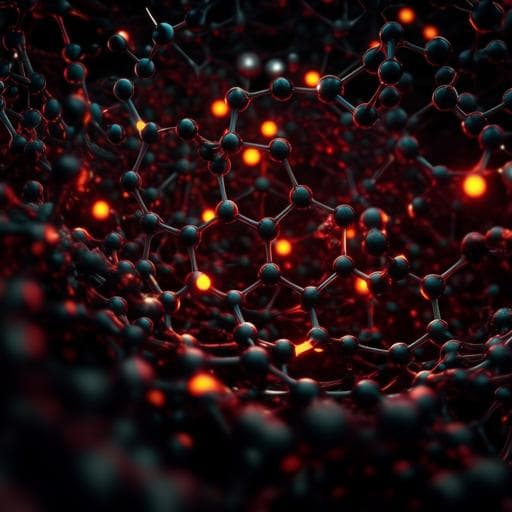
Engineering and Technology
High-speed identification of suspended carbon nanotubes using Raman spectroscopy and deep learning
J. Zhang, M. L. Perrin, et al.
This innovative research led by Jian Zhang and colleagues presents a high-throughput method to swiftly identify suspended carbon nanotubes using advanced Raman imaging and deep learning techniques. With classification accuracies exceeding 90%, this approach promises to enhance quality control in nanomaterial production, paving the way for industrial adoption.
~3 min • Beginner • English
Related Publications
Explore these studies to deepen your understanding of the subject.







